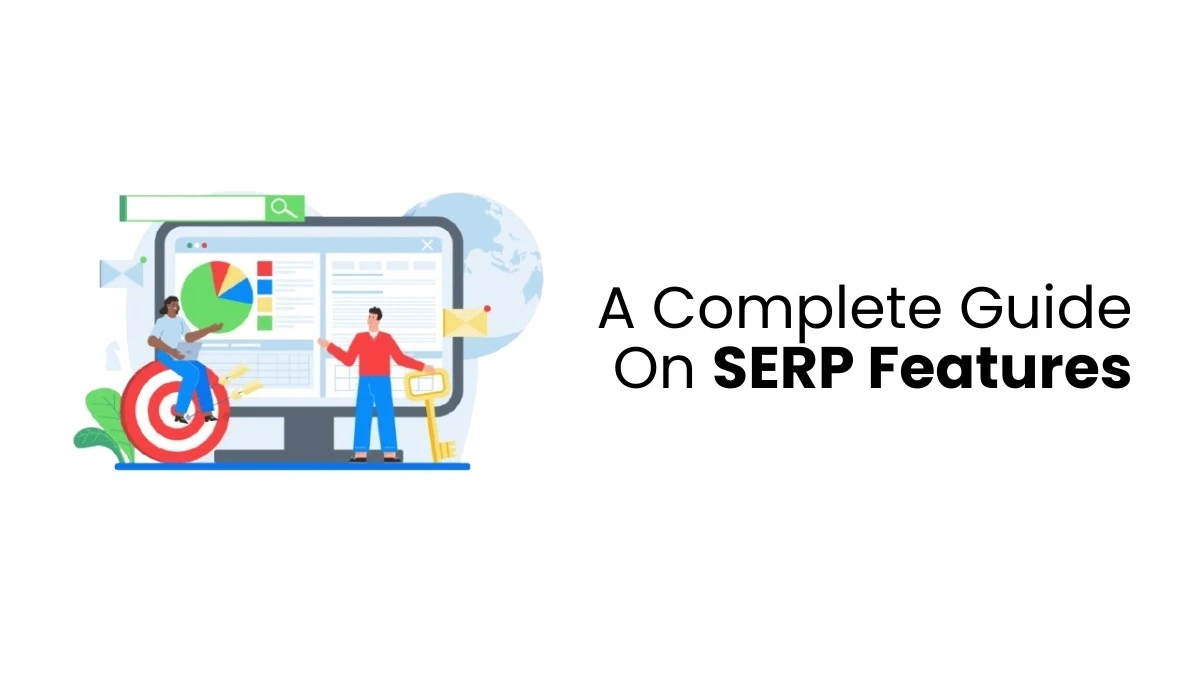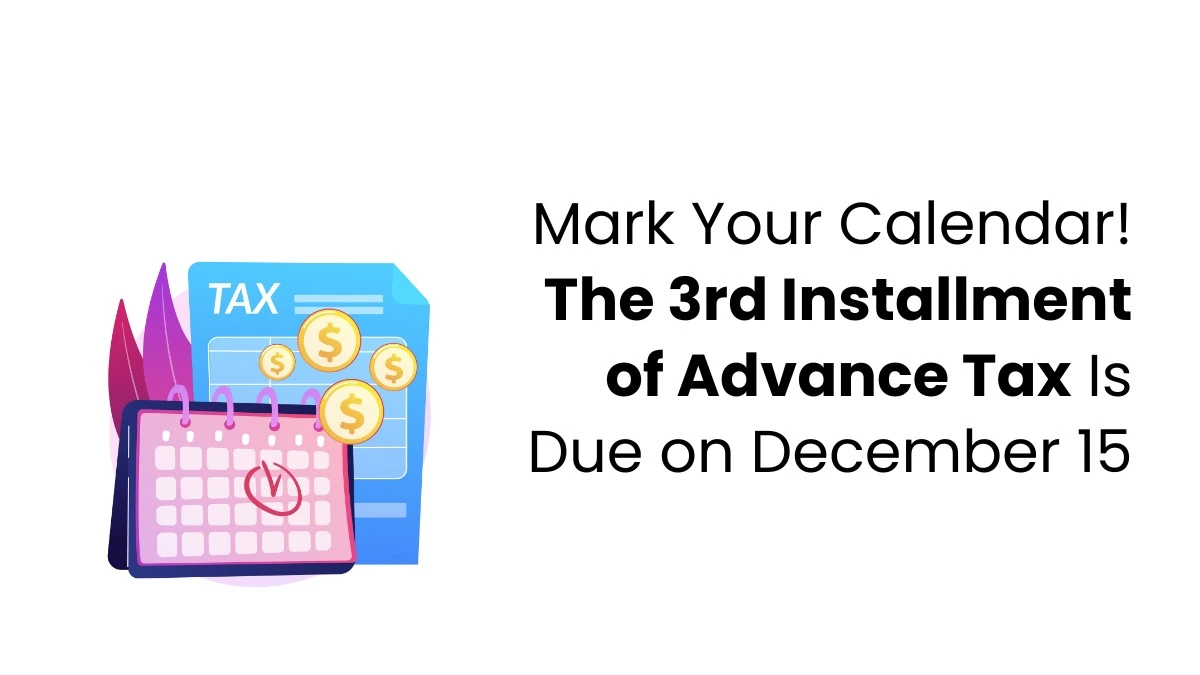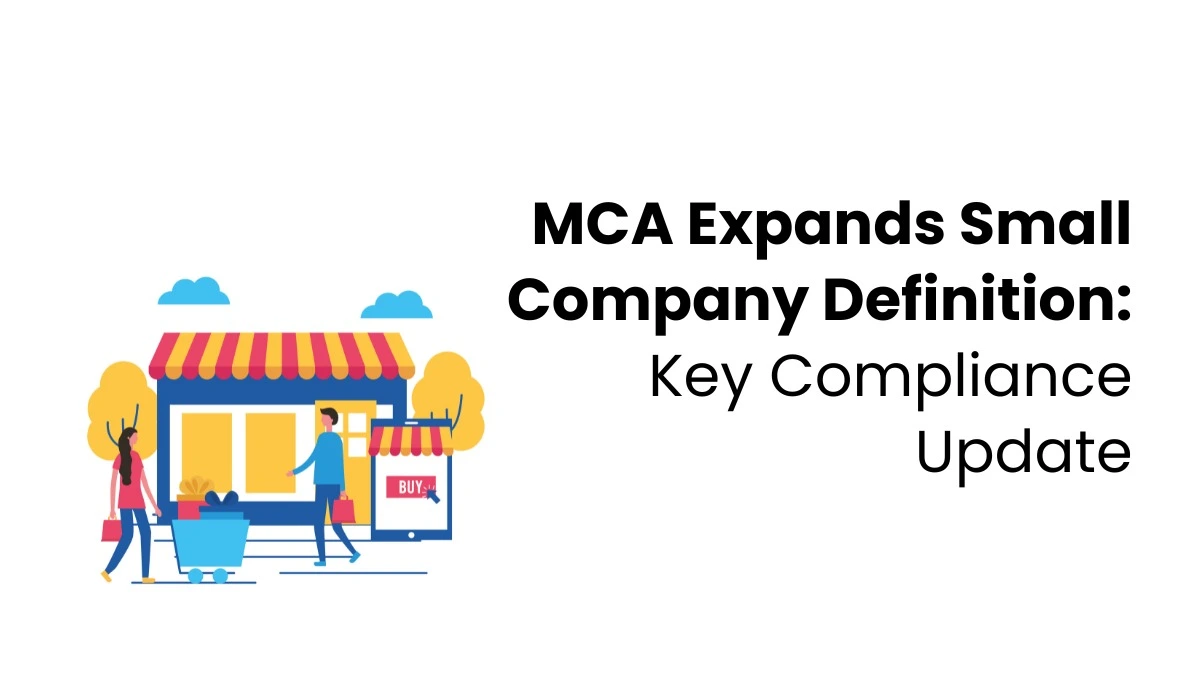Introduction to Semantic Search
Semantic search helps search engines understand what people really want to know. It looks at the meaning of words, not just the exact words used. This makes search results more helpful and clear. Semantic search in SEO means using smart ways to show better results on Google and other search engines. The importance of semantic search is that it gives answers that make more sense to people. It tries to understand the full question, not just a few words. When we know how semantic search works, we can write better content that matches what people are asking. That’s why semantic search in SEO is now very useful to get good results online.
What Is Semantic Search?
Semantic search is a cool way search engines try to get what you really want. It’s not just about matching words. It tries to figure out what you mean and how things connect. Say you search for jaguar speed. Is that the animal or the car? It guesses based on everything. Semantic search also learns from everyone else’s searches and clicks. So, it gets better at giving you useful content. You see this technology in lots of search engines and voice assistants now.
Why Is Semantic Search Important Today?
- Understands full questions, not just keywords
- Gives better answers even with spelling mistakes
- Works well with voice search and AI tools
- Helps show results based on location and time
- Improves search experience for all users
How Semantic Search Works?
Semantic search uses smart tools like AI, user behavior, and word meaning to understand search intent. It checks your past searches, language, and even your location to improve the results. This makes your searches feel more natural and helpful.
Understanding User Intent
User intent is all about figuring out what someone actually wants when they type something into a search bar. Say someone looks up the best laptops. The search engine tries to guess whether they’re trying to buy one, read reviews, or compare prices. To do this, search engines look at past searches, the current words being used, and even the person’s location. Then, they show results that are a good match. This saves people time because they don’t have to search again. Search engines are way better now at understanding what people want and giving them good answers.
Using Context and Relevance
- Checks your location to give nearby results
- Understands the device you’re using (phone, laptop, voice)
- Uses past search history to guess needs
- Matches language and tone of your query
- Picks results based on trending topics
Key Technologies Behind Semantic Search
Semantic search uses Natural Language Processing and Machine Learning. These things let the system get what people mean when they talk or search for something. You see it all the time now in apps, search engines, and smart home gadgets.
Natural Language Processing (NLP)
NLP helps computers understand us when we talk or write. It looks at the whole sentence to figure out what we really mean. For example, if you ask, Where can I buy good headphones nearby? It knows you’re looking for a close store that sells nice headphones. It also understands slang and different ways of saying things, which makes searching much better. Almost every app and voice assistant uses NLP to give you quick and helpful answers.
Machine Learning and AI
- Learns from millions of user search patterns
- Gets better as more people use it
- Understands similar meanings with different words
- Changes results based on new trends
- Works with NLP to improve search results
Semantic Search vs Traditional Search
Older search engines only matched exact words and often showed unrelated results. Semantic search understands the full meaning, giving results that actually help. This is why searching now is faster and more accurate than before.
Keyword Matching vs Meaning Matching
The old search engines were basic. Back then, searching for cheap phones would show you just that. But if someone else searched for affordable smartphones, they could see totally different products, even if they were looking for the same thing. Semantic search fixed this issue. It gets that cheap is affordable, and phones are like smartphones. Now, everyone gets the same good results, which makes searching way better for everyone.
How Results Differ for the Same Query
- Two people can get different results for the same search
- Results depend on location, like city or country
- Search history affects what shows up
- Voice and text searches may show different results
- Results may include images, maps, or videos

Role of Structured Data in Semantic Search
Basically, structured data helps search engines get what your content is all about because it organizes your information in a clear way. It uses special code, like Schema Markup, to tell search engines what a page is about. This makes search results way more detailed, showing things like reviews and prices.
How Structured Data Enhances Understanding
Think of structured data as labels for what’s on your site. When you add them, search engines can know what your content is. Let’s say you have a recipe online. Structured data can point out the cook time, ingredients, and directions. This tells the search engine, This is a recipe! Then, the search engine can show the recipe in the search results with pictures, ratings, or steps. So your content looks better for people searching.
Benefits of Using Structured Data
- Shows extra information like prices, stars, or dates
- Increases chances of getting featured in search
- Makes your content easier to read for machines
- Helps improve website visibility and click rate
- Supports voice search with clear labels
How Google’s Algorithms Use Semantic Search
Google’s search system has changed a lot over the years to include semantic understanding.
It now uses AI-based updates like BERT and MUM to make sense of complex questions.
These updates help the engine go beyond words and focus on real meaning.
From Keywords to BERT and MUM
Older Google systems mostly looked at keywords, but now it uses tools like BERT and MUM to understand full questions. BERT reads your sentence as a whole and checks how words relate to each other. MUM goes a step further by reading and comparing data from different languages and formats like text, video, and pictures. These updates help Google give more complete answers. So if you ask a long, detailed question, Google doesn’t get confused—it looks for complete information from trusted sources.
What These Updates Do
- Understand long, natural questions
- Use many languages to find the best information
- Read images, videos, and text together
- Show answers that match user intent
- Learn from global search patterns
Impact on SEO and Content Creation
Writers now create content for people, not just search engines. Simple, useful information gets ranked higher in results. Helping users has become more important than just using exact keywords.
Writing for Topics, Not Just Keywords
These days, if you’re writing for the web, you have to really focus on answering what people are searching for. Instead of just adding keywords everywhere, explain the whole idea simply and clearly. Search engines look at how helpful your content *actually* is, not just how many times a search term pops up. This means your content needs to be useful, easy to get through, and cover everything about the topic. Like, if you’re writing a blog post about saving money, you should talk about specific tips, cool tools, and good habits. Don’t just write the word ‘save’ a million times. Good content will always beat trying to trick the search engines.
Optimizing for User Intent and Context
- Use natural, easy-to-read language
- Write full answers, not just short points
- Add real-life examples to help readers
- Keep content friendly for mobile and voice
- Avoid repeating the same keyword many times
Real-World Applications of Semantic Search
Semantic search is used in voice assistants, apps, and shopping websites. It helps users find exactly what they want in less time. This is especially helpful when people use natural language or regional phrases.
Voice Search and Assistants
Voice assistants like Siri, Alexa, and Google Assistant use semantic search to understand what we say. When you say, Play a happy song, the assistant gets that you’re after music that makes you feel good, not those exact words. And if you ask about weather near me, it figures out where you are and gives you the forecast. These things get smarter as you use them. Nowadays, lots of people use voice search every day since it’s simple, fast, and just part of what they do.
Personalized and Local Search Results
- Shows nearby shops, cafes, or services
- Suggests content based on user interest
- Uses local language or regional settings
- Remembers past searches to improve future ones
- Updates results instantly based on new information
Challenges and Limitations of Semantic Search
While semantic search is powerful, it still has a few problems.
It may sometimes guess the wrong meaning or give personal results that confuse people.
There are also worries about privacy when search engines learn too much.
Where Semantic Search Can Go Wrong
Semantic search can sometimes get it wrong when trying to figure out what you’re looking for. For instance, if you search for apple, you might see technical products instead of the actual fruit, which depends on what you’ve searched before. Also, personalized results aren’t always fair since two people searching the same thing might get totally different results. And sometimes, good websites get skipped over because the search engine doesn’t have enough info about them. All of this can play a part in how fair and precise your search results are.
Common Concerns Today
- Wrong guesses on user intent
- Too much personal data used
- Not always fair to small websites
- Can miss newer or local content
- Voice and visual search not perfect yet
Conclusion
Semantic search makes online searching faster, easier, and more human-like. It focuses on meaning, not just words, and improves with every use. This helps people get the right answers, no matter how they ask their questions. Today, semantic search in SEO plays a big role in showing better search results by understanding what users really mean. Learning about this is important for anyone studying digital skills. A good digital marketing training institute in Calicut will teach how search engines use smart tools like semantic search. As part of a digital marketing course, students learn how to write content that matches what people are truly looking for.
Summary of How It Works
- Reads full questions, not just keywords
- Understands what users want to know
- Uses AI and NLP for better results
- Adapts based on location, language, and behavior
- Keeps improving with more data
FAQs:
- What is a semantic search?
Semantic search is a way of searching data that tries to understand what you actually mean, not just matching the words you typed.
- Is Google a semantic search?
Google’s a smart search engine. It tries to get what you mean, not just look for the words you typed.
- Is semantic search used in voice search?
Yes, the voice search really relies on semantic search since people talk like they normally do, and search engines need to get what they actually mean.
- How does semantic search help users?
It gives faster, more accurate answers even if your question is complex or not clearly written.
- How can I optimize my content for semantic search?
Use natural language, answer real questions, include related terms, and focus on helpful, clear information.










